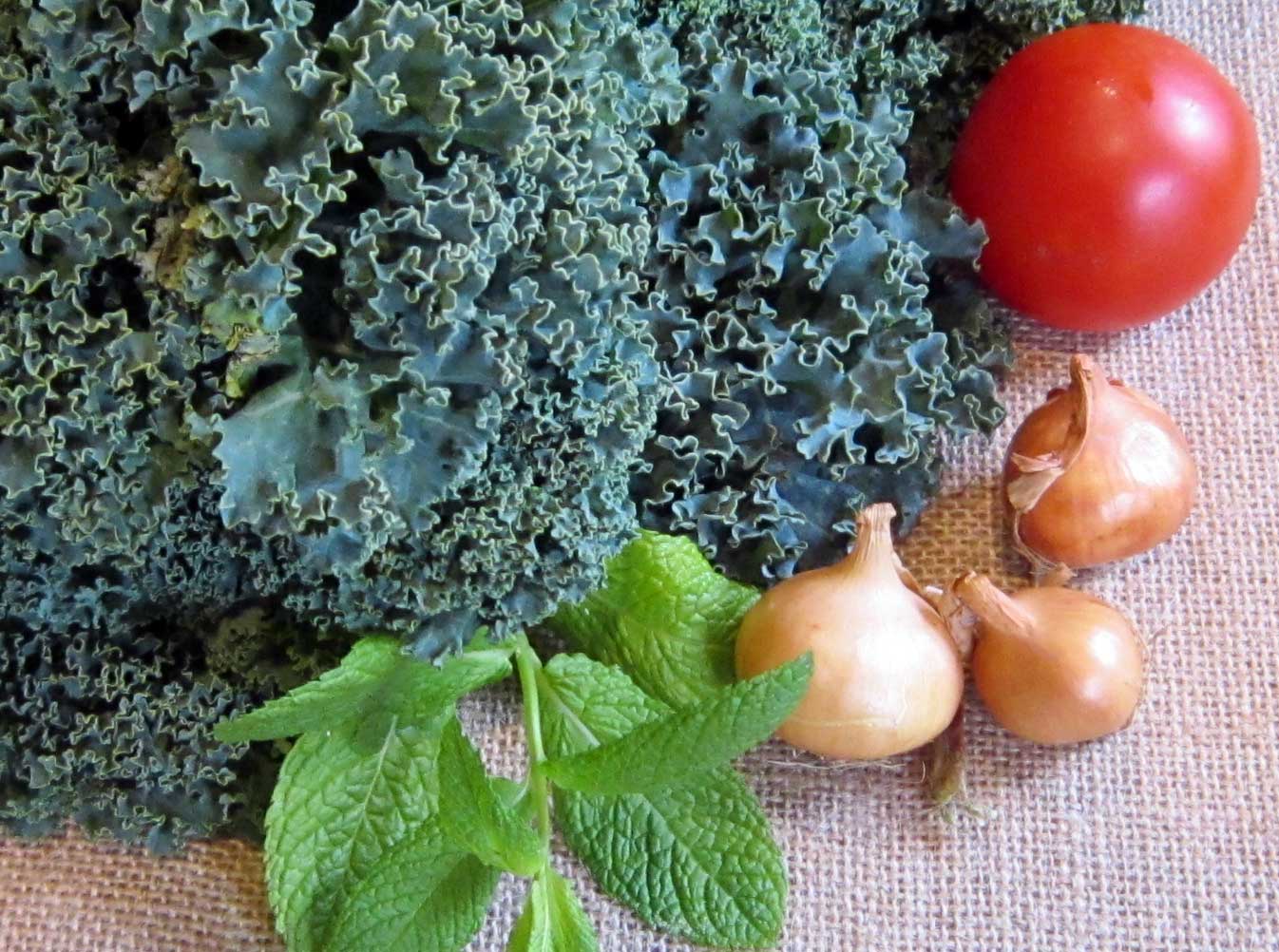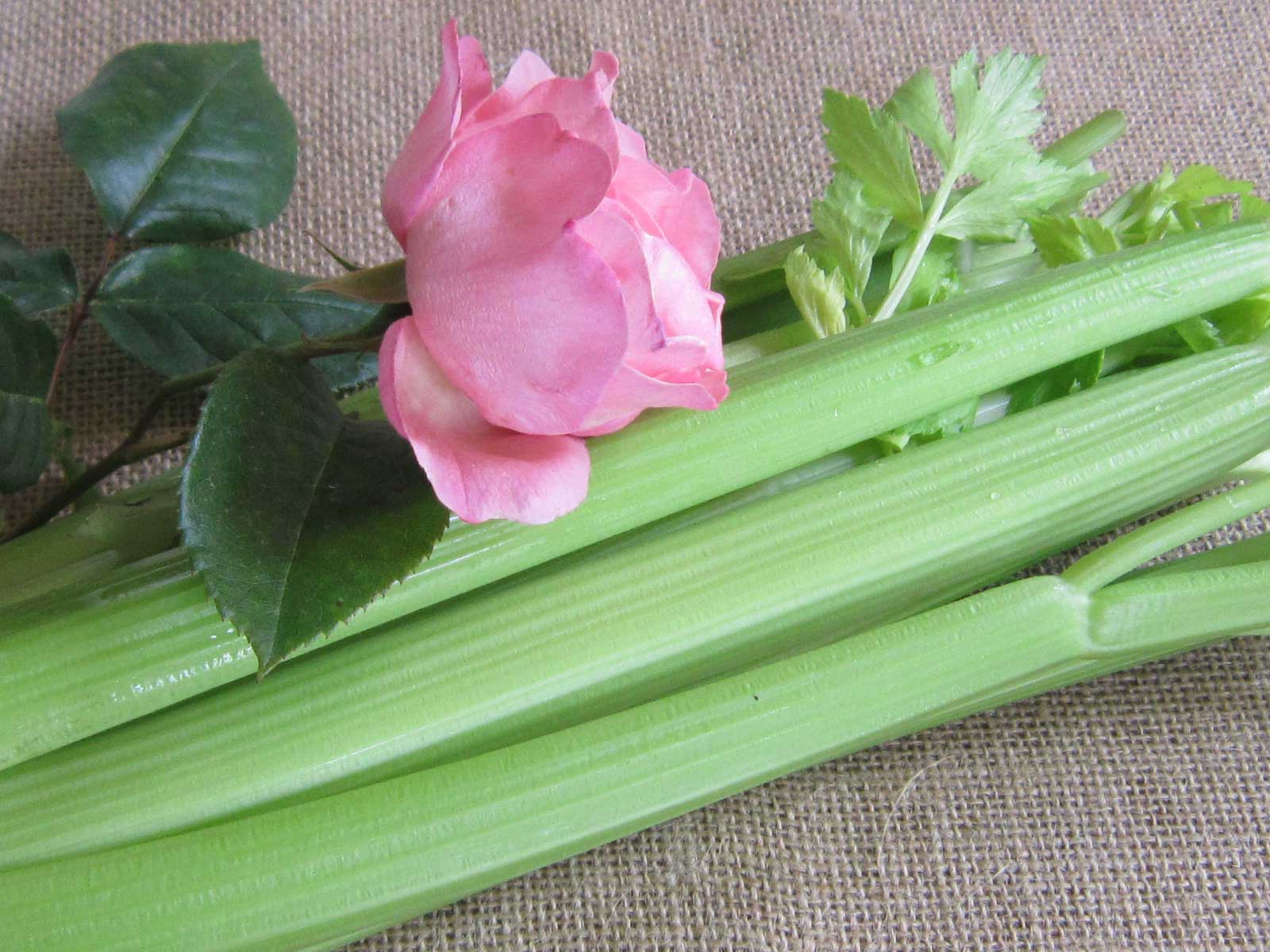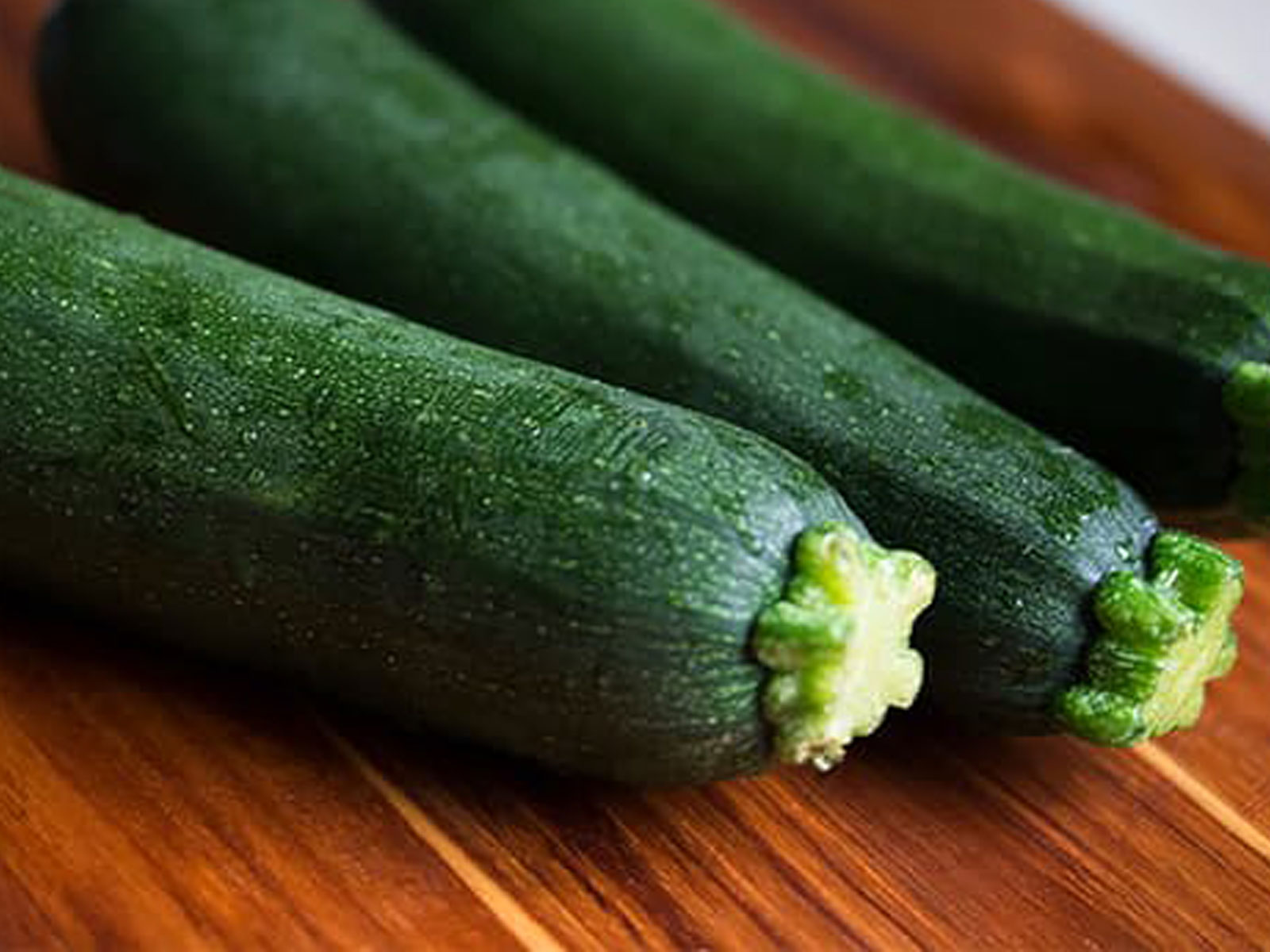Dried Cauliflower Info
| Fresh Weight | 100 Grams |
| Dried Weight | 14.5 Grams |
| Daily Portion (Dried) | 11.5 Grams |
| Daily Portion (Powder) | Level teaspoons |
| Prep Time | 20 minutes |
| Drying Time | 4-8 hours |
| Drying Temperature | 125 |
| Health Benefits | Prostate, ovarian, and cervical cancers, detoxification |
| Season | Summer and Autumn |
How to use Dried Cauliflower
- Use instead of rice
- Make into a powder and add to meals for increased nutrition
- Make cauliflower mash
- Use to make cauliflower pizza base
Cauliflower Varieties
Cauliflower, broccoli and cabbage all belong to the genus Brassica.
First of all when you are buying cauliflower look for firm heads with no brown or soft yellow spots on the surface. Also when you get them home, leave them head side down in cold salted water for about 15 minutes. This will get rid of any insects or harmful pesticides.
The edible part of the cauliflower is the head of flower buds, called the curd. This grows from the centre of the plant and is surrounded by green thick stemmed leaves. Cauliflowers are harvested before the buds begin to open.
There are a number of different varieties.
White Cauliflower
This is the most commonly grown cauliflower and includes varieties such as Snowball Y, White Cloud and Early White Hybrid. Traditionally cauliflower curds are pure white.
Orange Cauliflower
Hybridized varieties such as the cultivar “Cheddar” develop bright orange curds. These contain increased amounts of the orange pigment beta-carotene, 25 times the beta carotene of regular white Cauliflower. Only carrots contain more beta carotene, which is needed for converting Vitamin A in the body. When cooked, this variety develops an even brighter, deeper orange colour.
Purple Cauliflower
“Graffiti” and “Purple of Sicily” varieties produce amazing purple curds. Once cooked “Graffiti” retains its purple colour, while “Purple of Sicily” turns green.
Roman Cauliflower
This is a lime green coloured cauliflower with unusually cone shaped curds and a delicate, nutty taste similar to broccoli. The broccoli head shape is a fractal called the Fibonacci Spiral
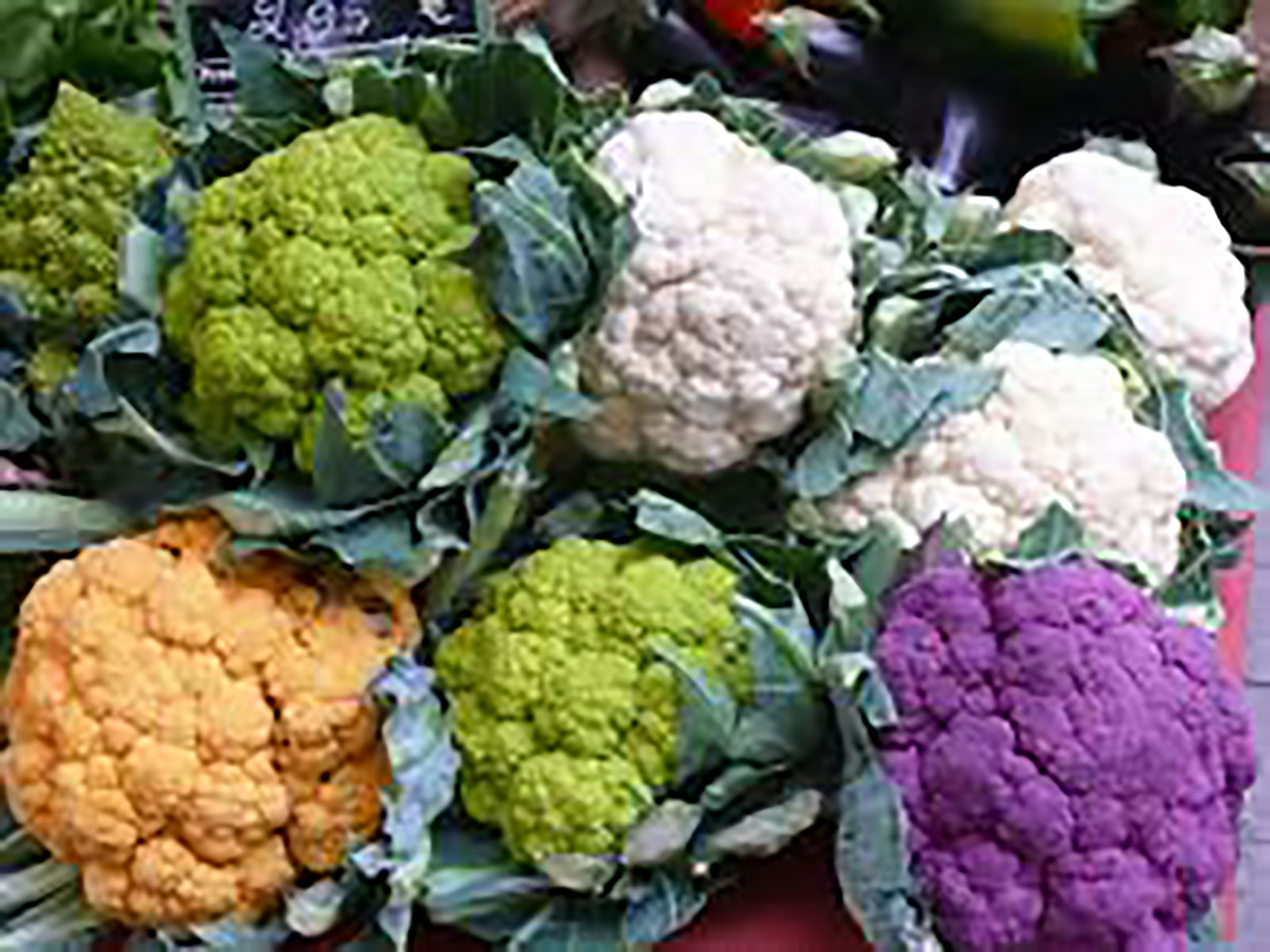

Nutritional Facts
Dehydrating Cauliflower is a fantastic way to preserve this nutritious and healthy vegetable.
Cauliflower is bursting with good stuff – in particular its special combination of phytochemicals including carotenoids, tocopherols, and ascorbic acid. These are just some of the antioxidants that are being studied for their ability to maintain good health and ward off chronic disease.
Recent research suggests that they have the ability to help in preventing chronic diseases such as:
- cardiovascular disorders
- neurodegenerative disorders
- diabetes
- some cancers
Cauliflower’s nutritive content includes:
- vitamin C
- vitamin K
- protein
- thiamine
- riboflavin
- niacin
- magnesium
- phosphorus.
It is also an excellent source of fibre, vitamin B6, folate, pantothenic acid, potassium, and manganese. In addition it contains choline that is essential for learning and memory function.
Cauliflower rates among the top 20 in the list of ANDI score foods. (ANDI scores were devised by Dr. Joel Fuhrman. The acronym stands for “Aggregate Nutrient Density Index”. He based his calculations on the equation H=N/C, which assumes that the health score of a food is equal to the nutrients it delivers per calorie. )
Warnings
- High fibre foods may cause increased bloating and flatulence
- Vitamin K plays a large role in blood clotting so be wary if you are taking blood thinners not to consume too much.
Good health and a freedom from chronic disease are achieved by a combination of a healthy lifestyle and diet. Current research continues to underline the fact that a varied diet delivers better health than concentrating on only a few foods.
Dehydrating Cauliflower
Read the Dehydrating instructions for the basic gudelines on dehydrating cauliflower.
In addition when dehydrating cauliflower here are a few tips:
- Blanching is not necessary but does help to preserve the colour
- If you are making rice, use a food processor to break down the florets
- The leaves can be dried and used in soups and smoothies -cauliflower leaves are one of the richest sources of calcium
To make cauliflower powder follow the basic guidelines for making Powders.
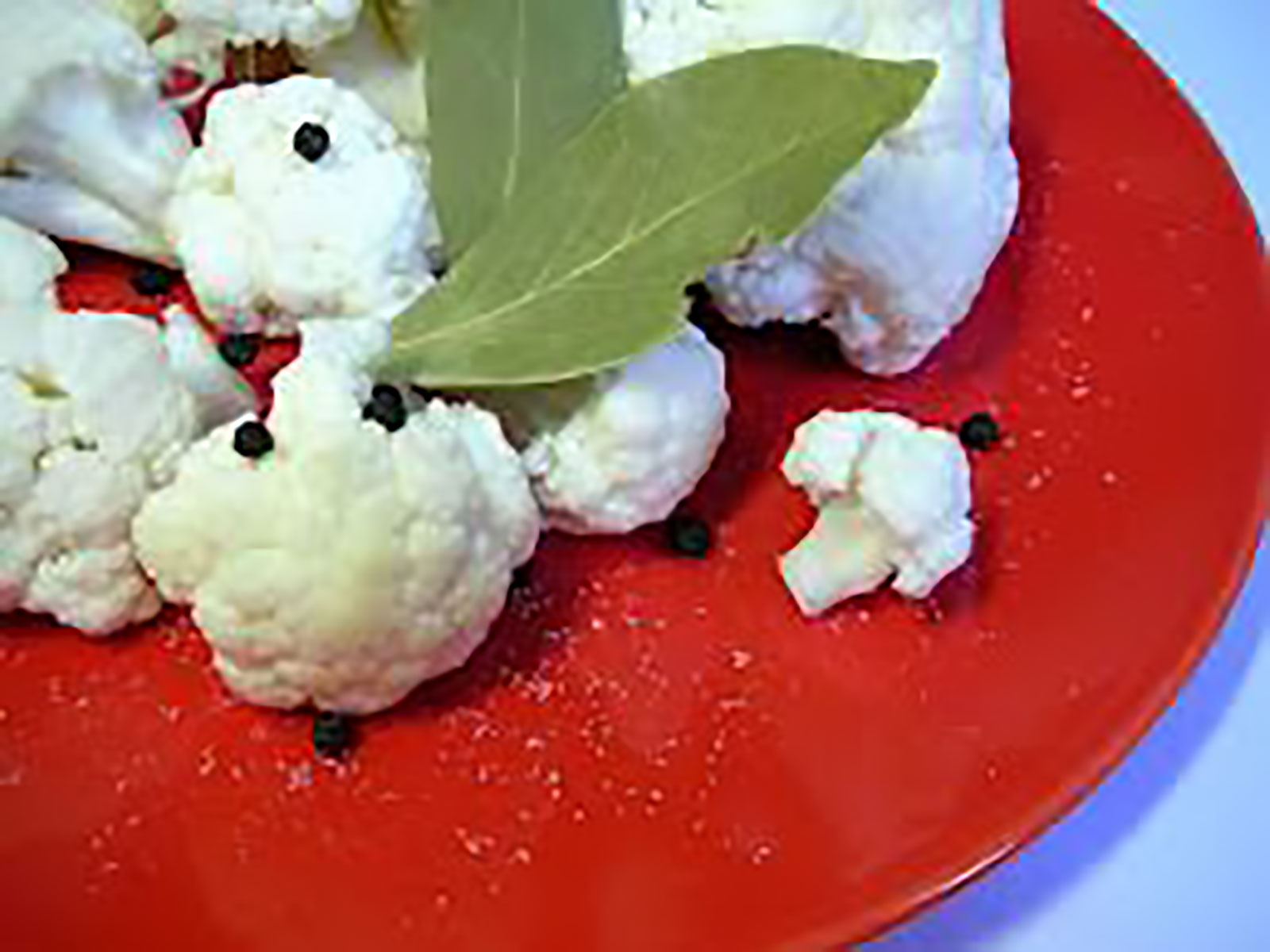
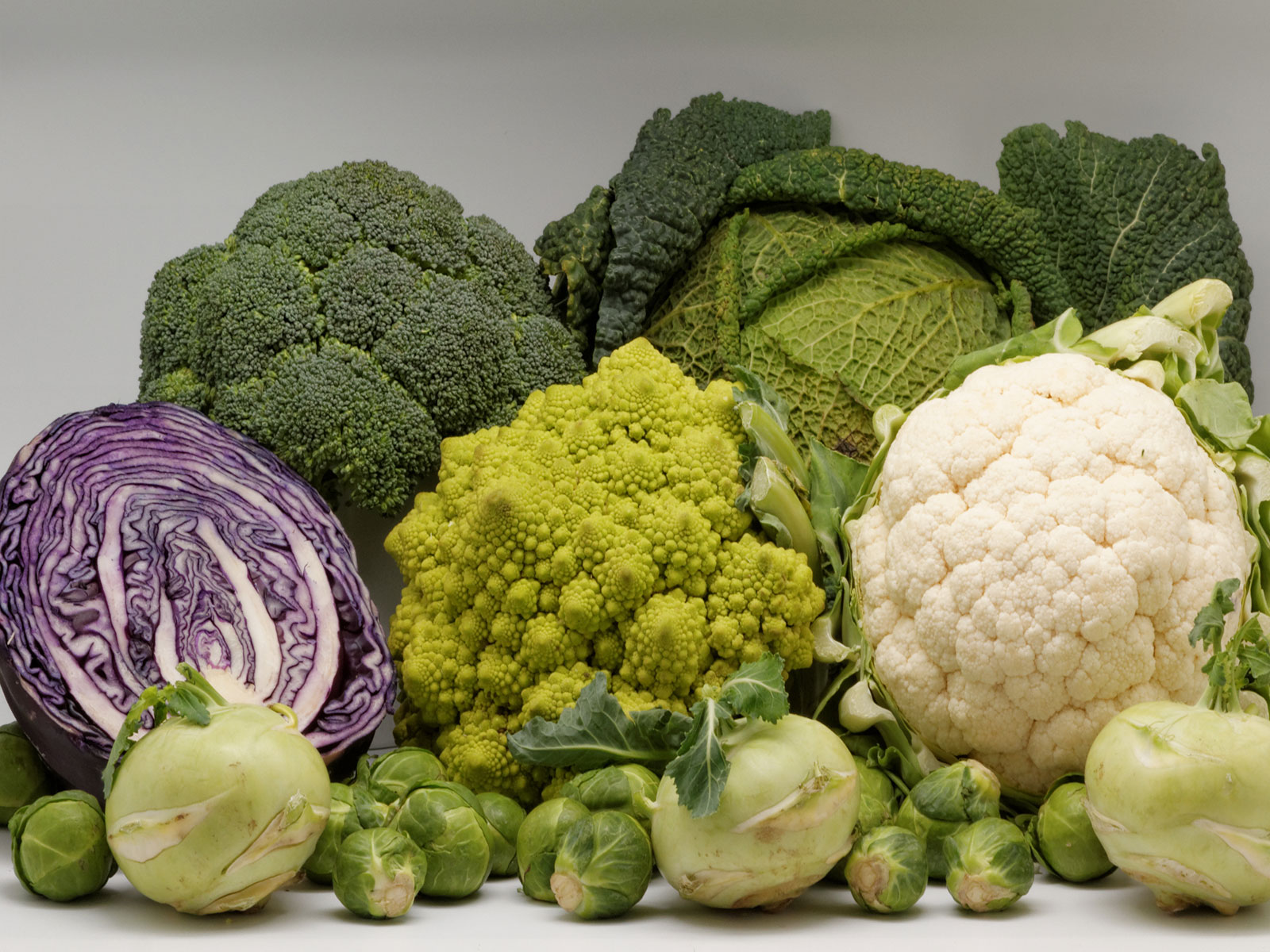
Storage
Storage instructions are the same as for other vegetables. Store in sealed containers in a dark area and add dessicants to help keep the contents dry.


